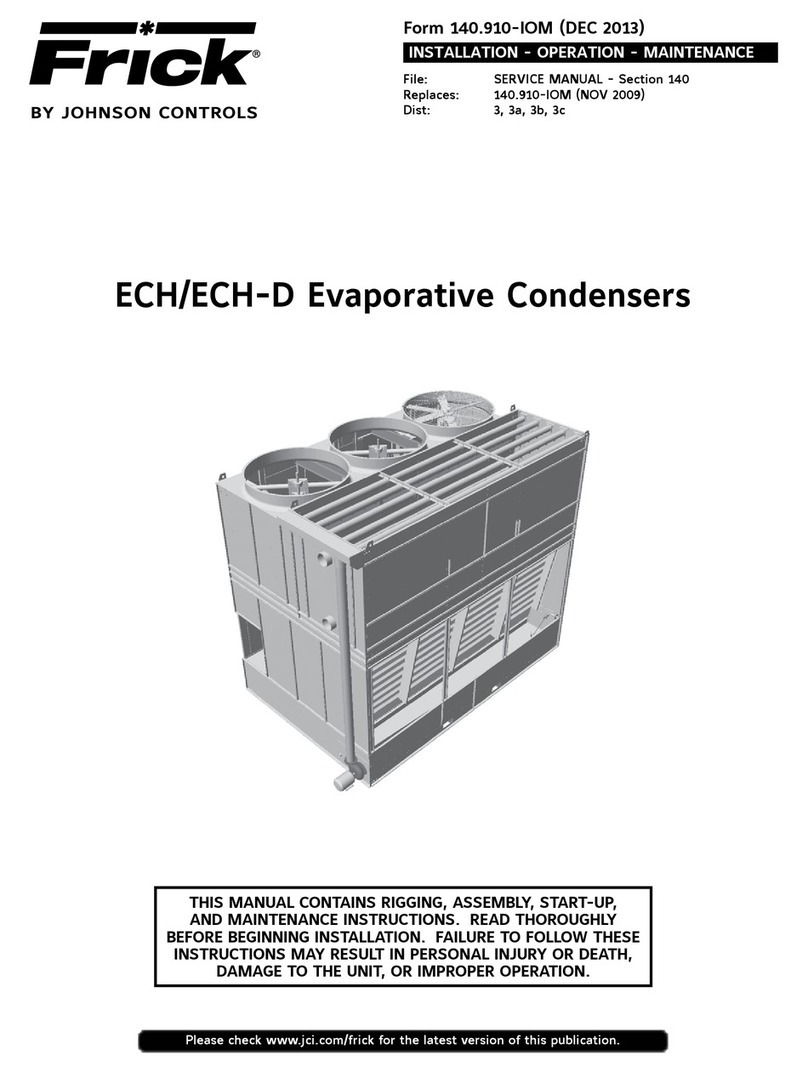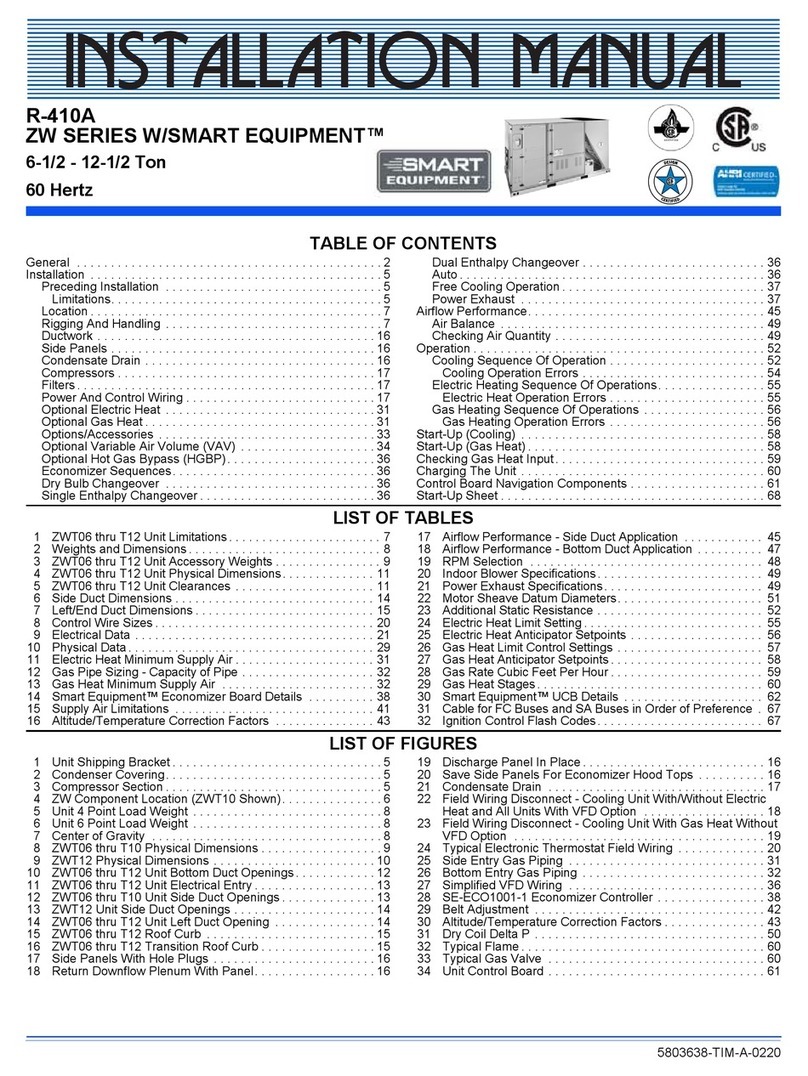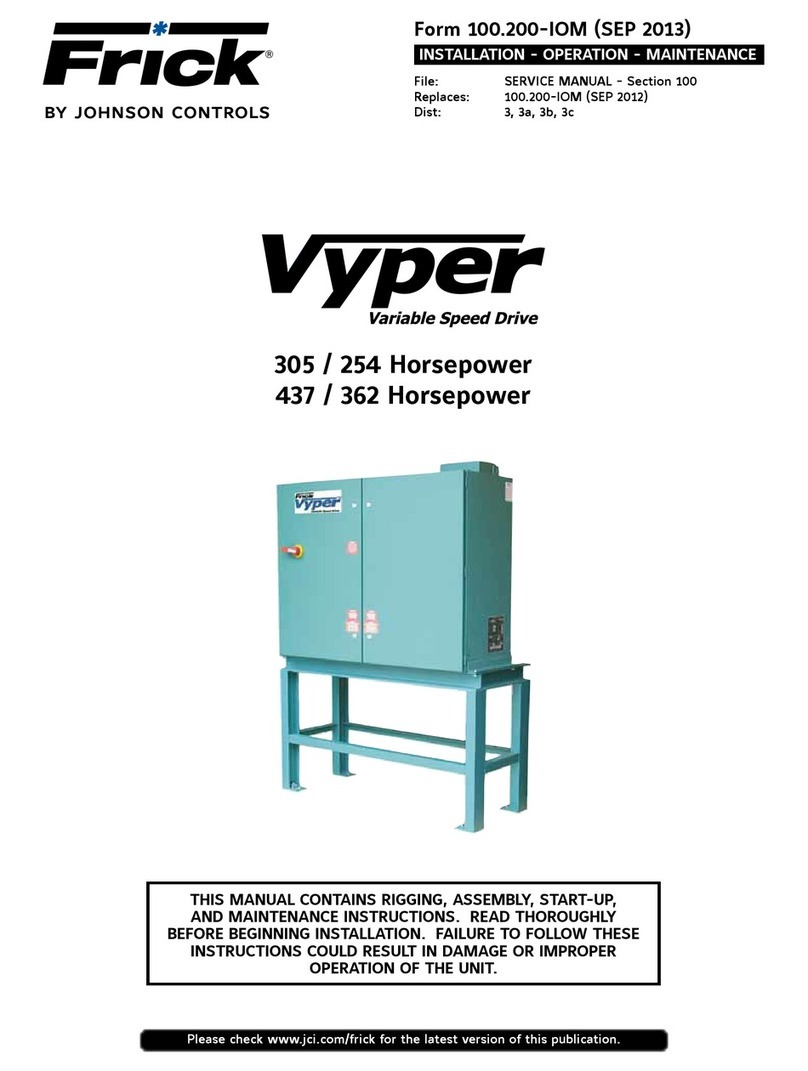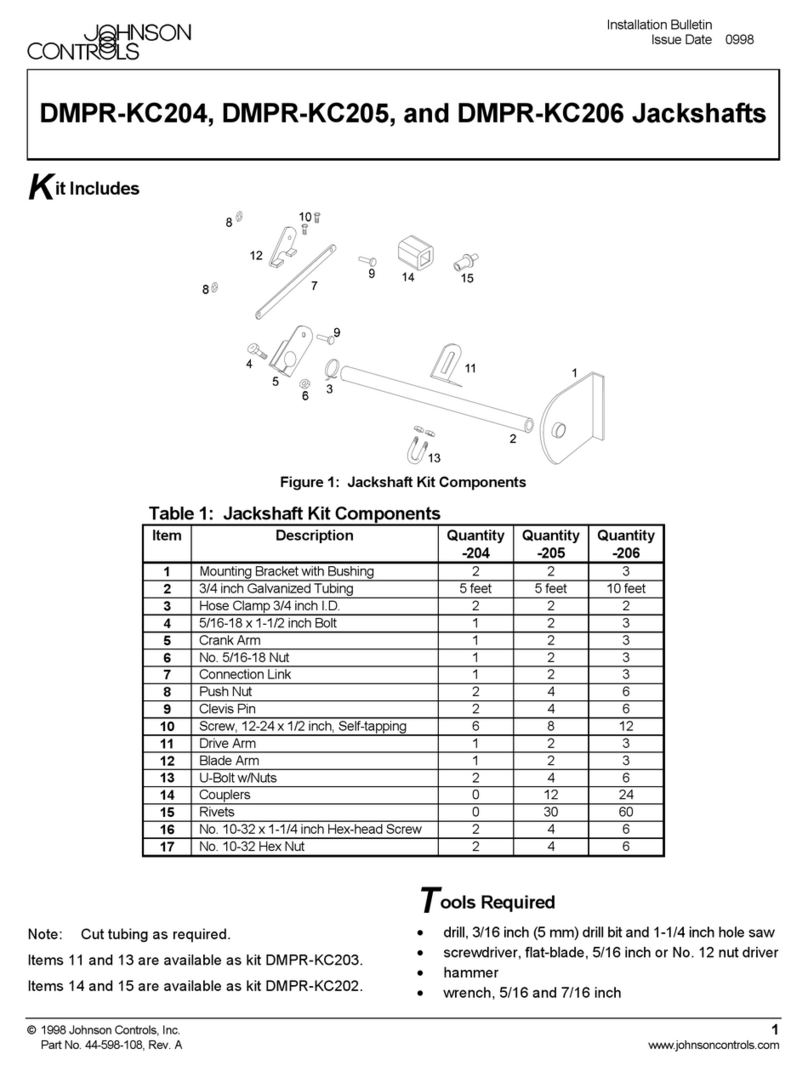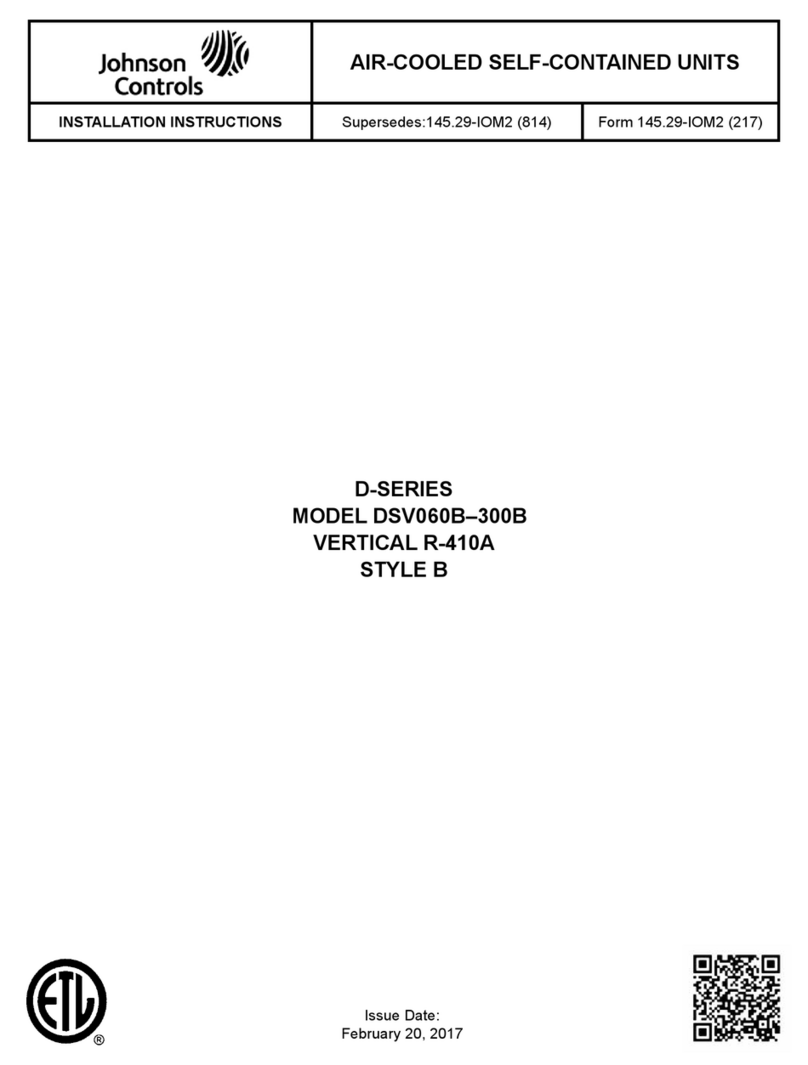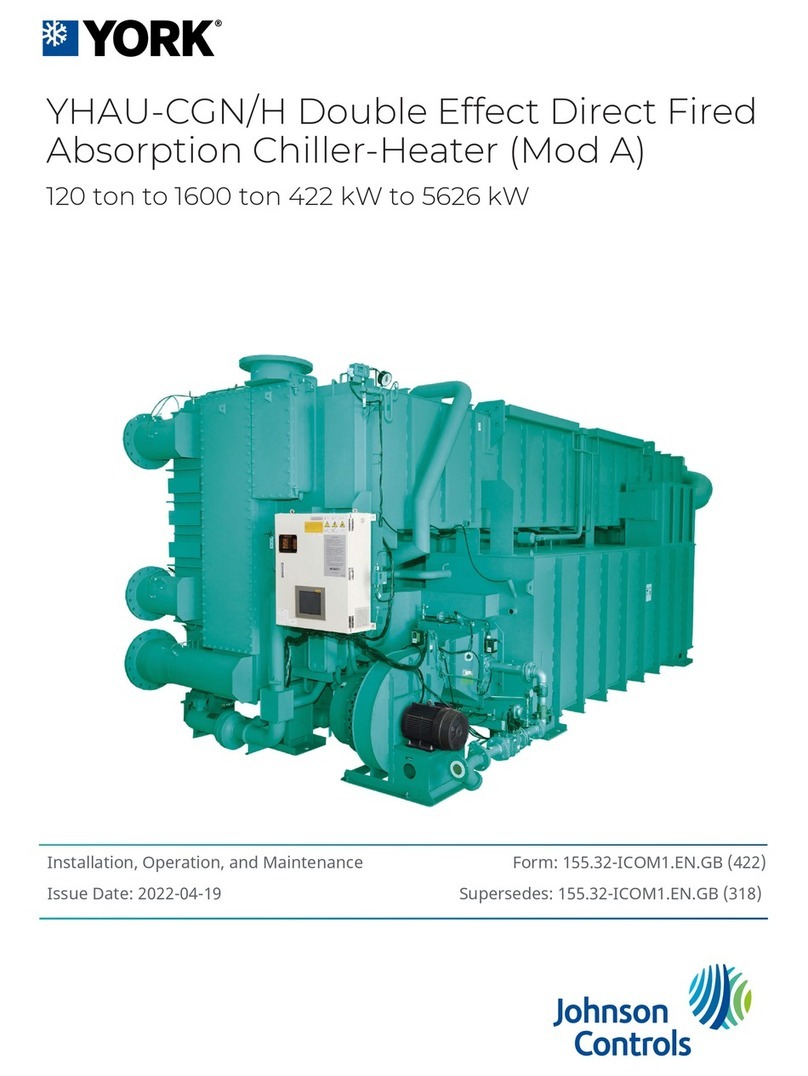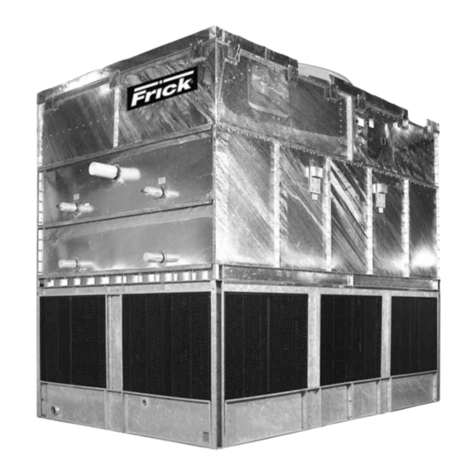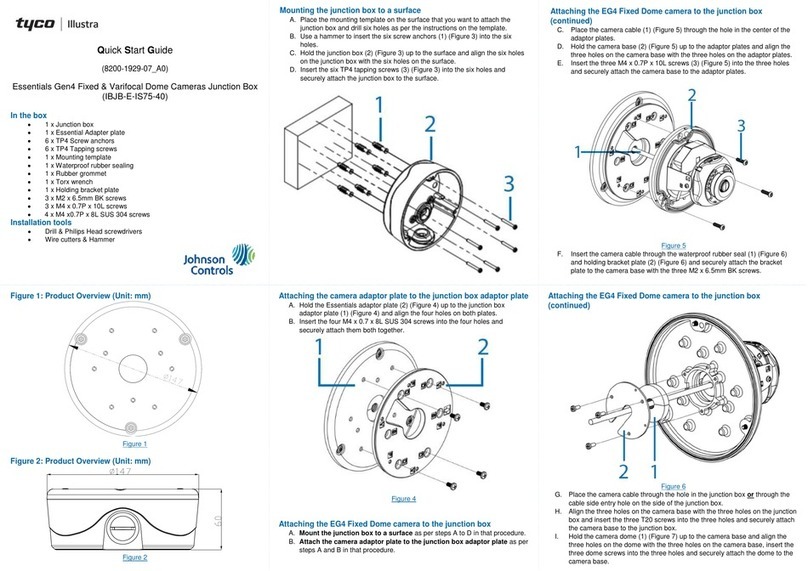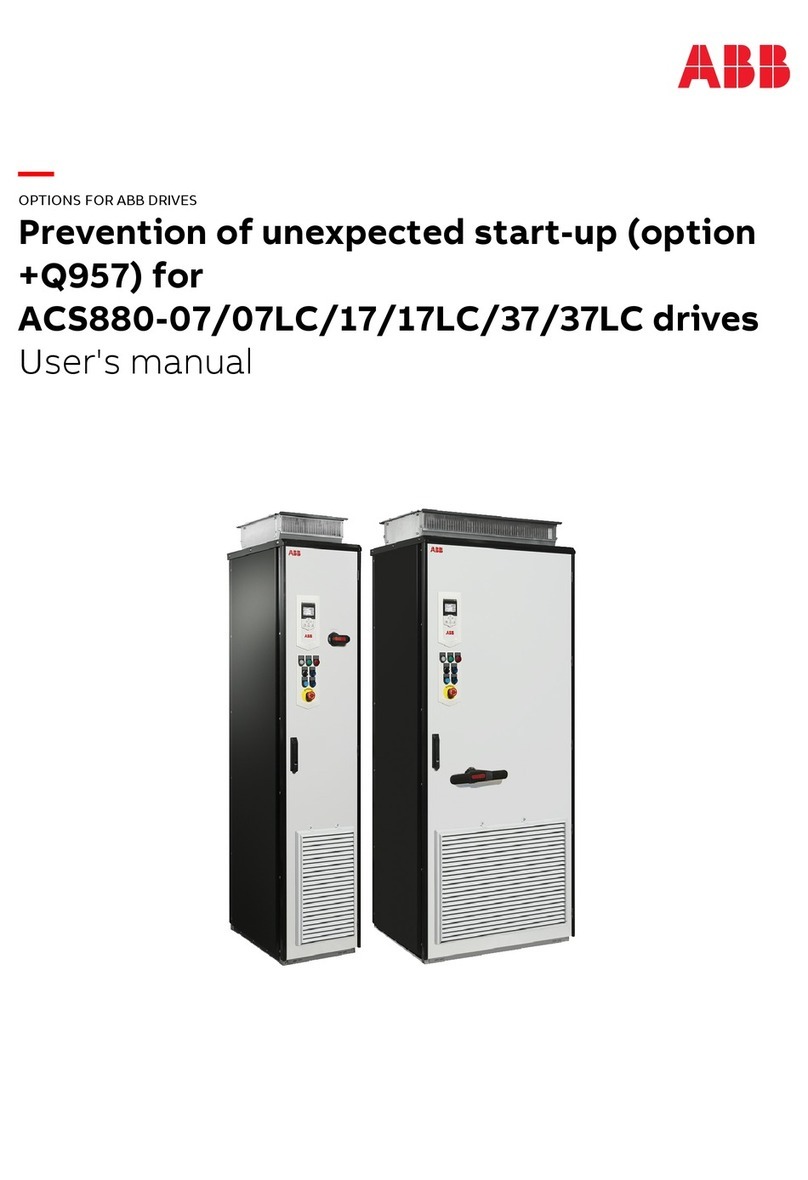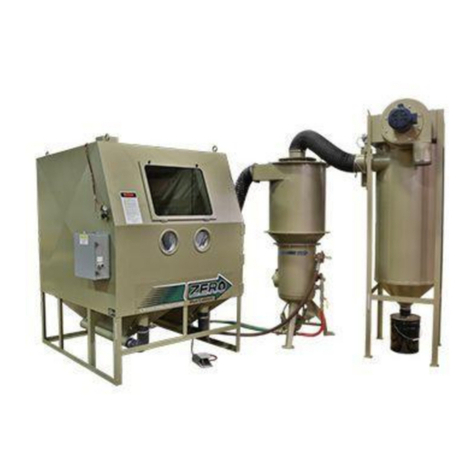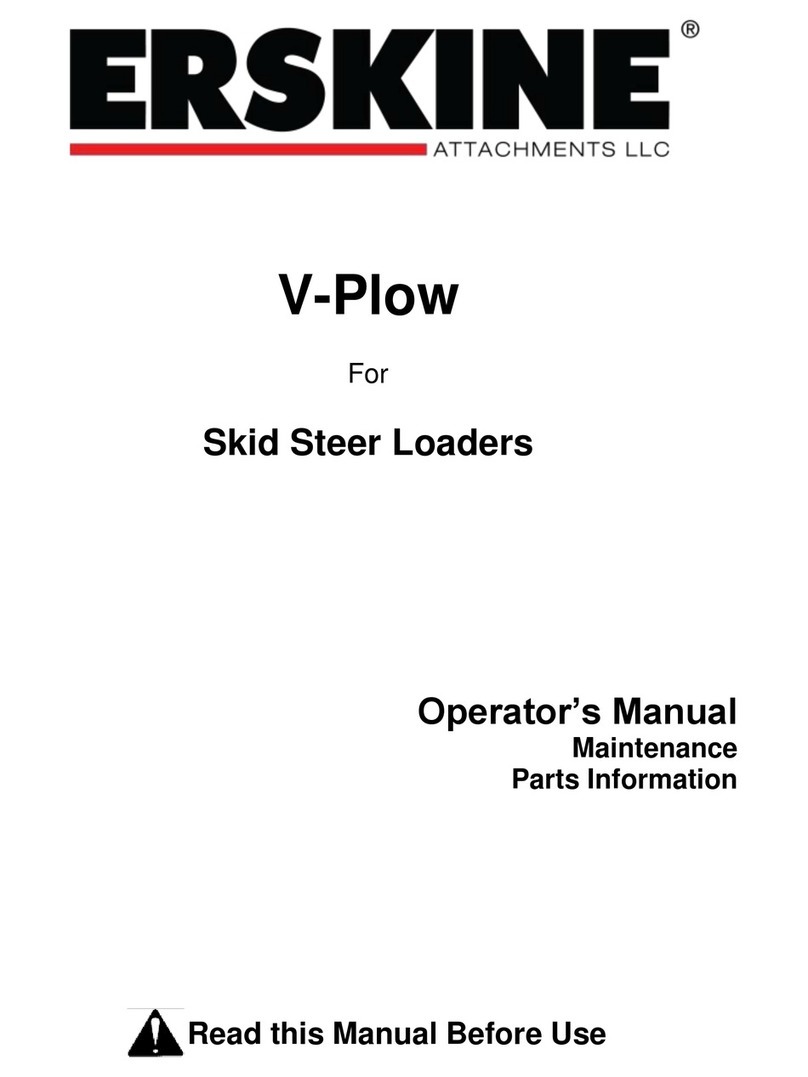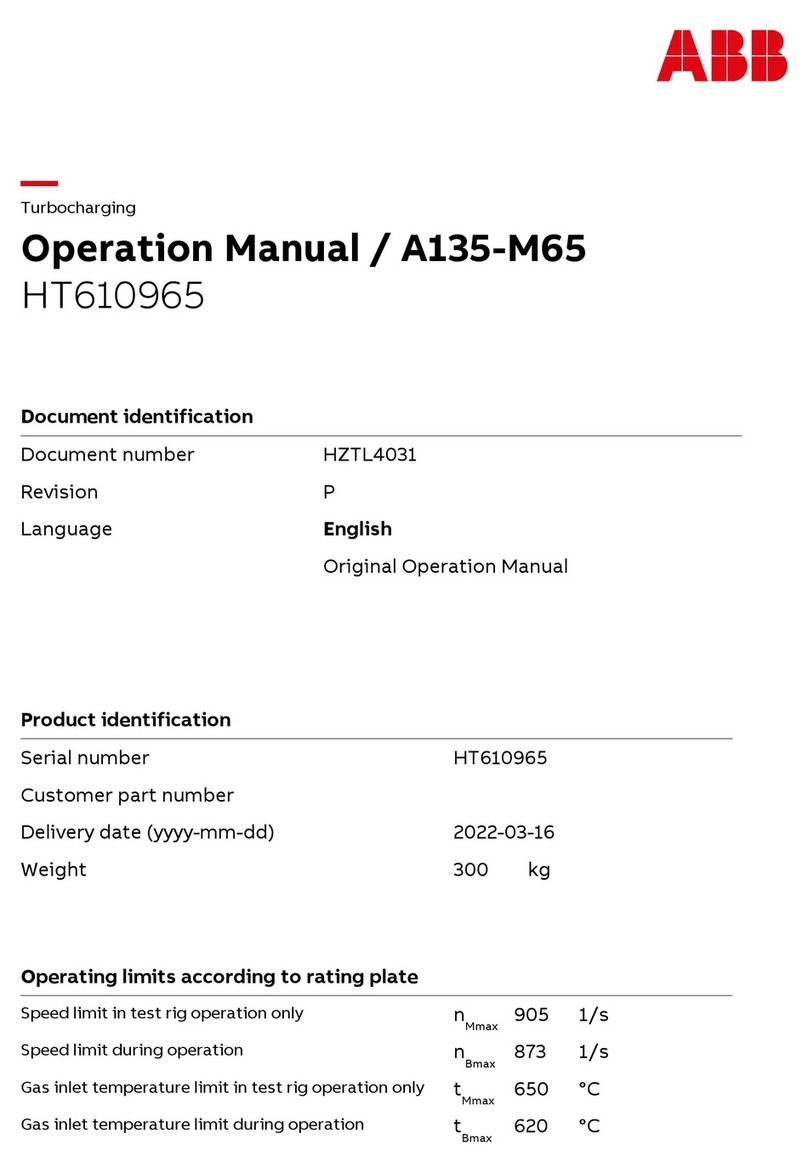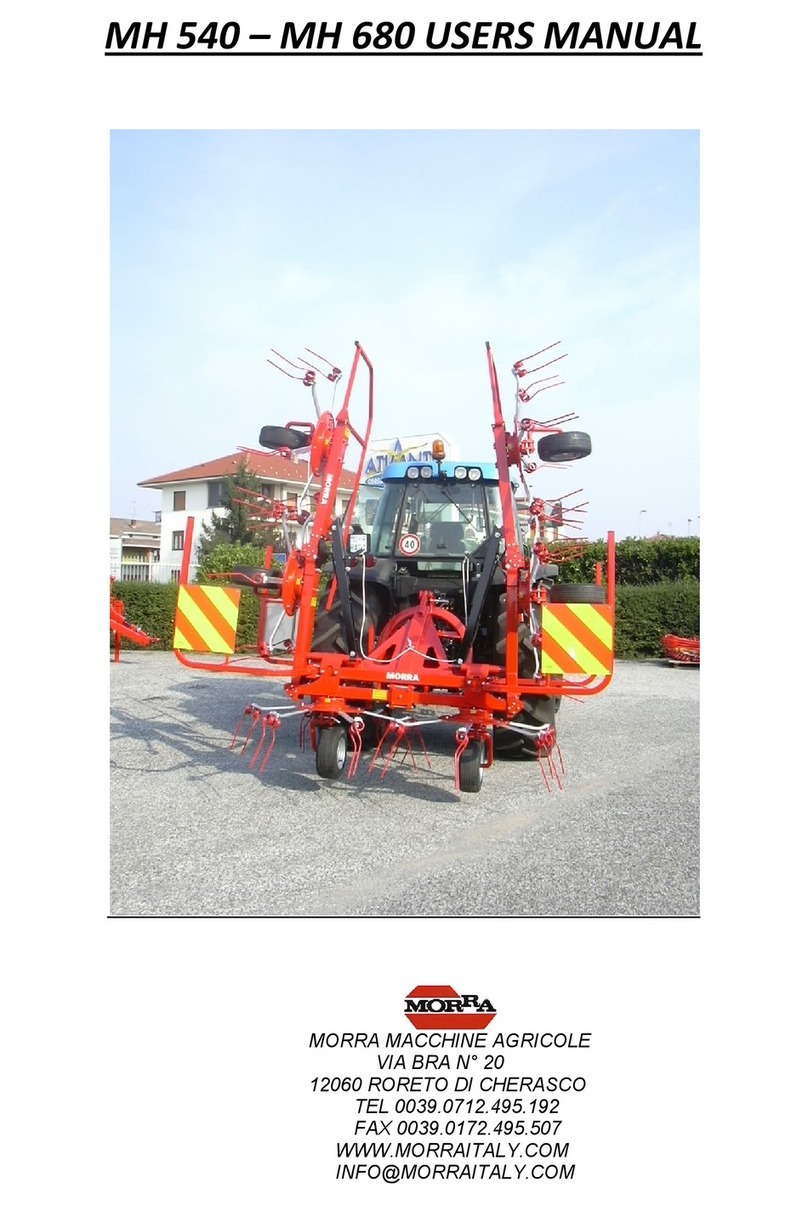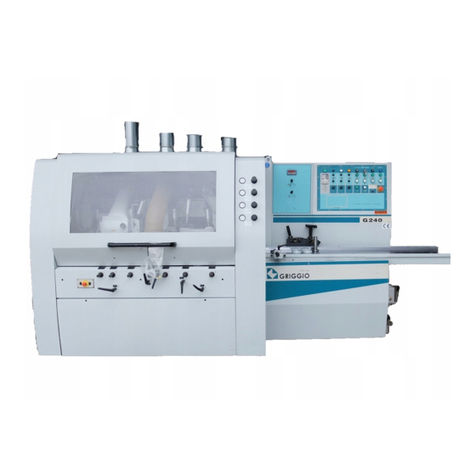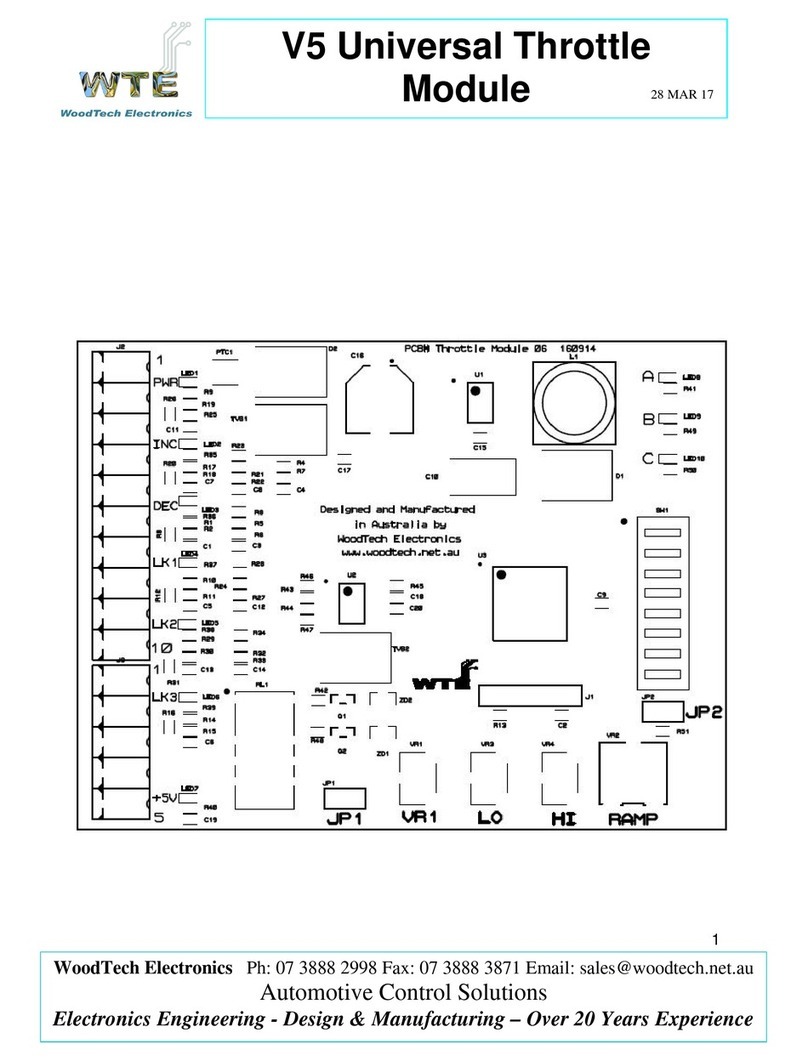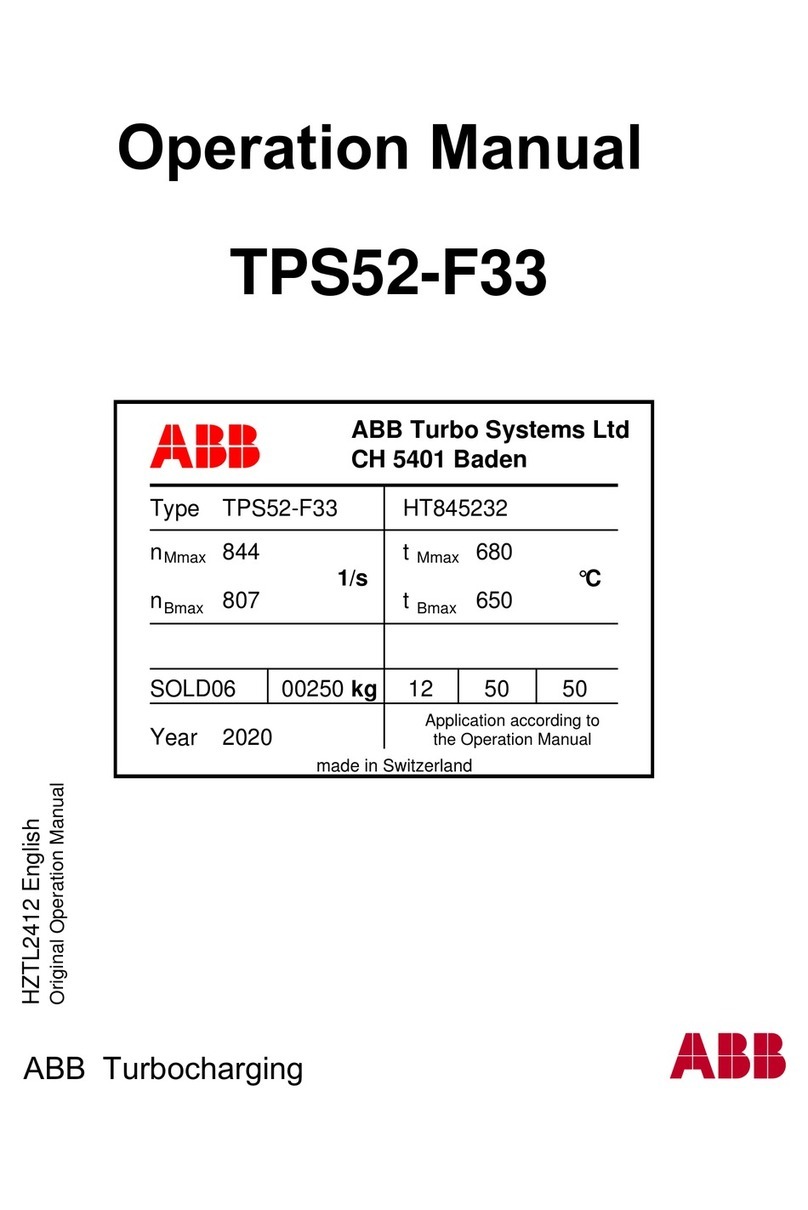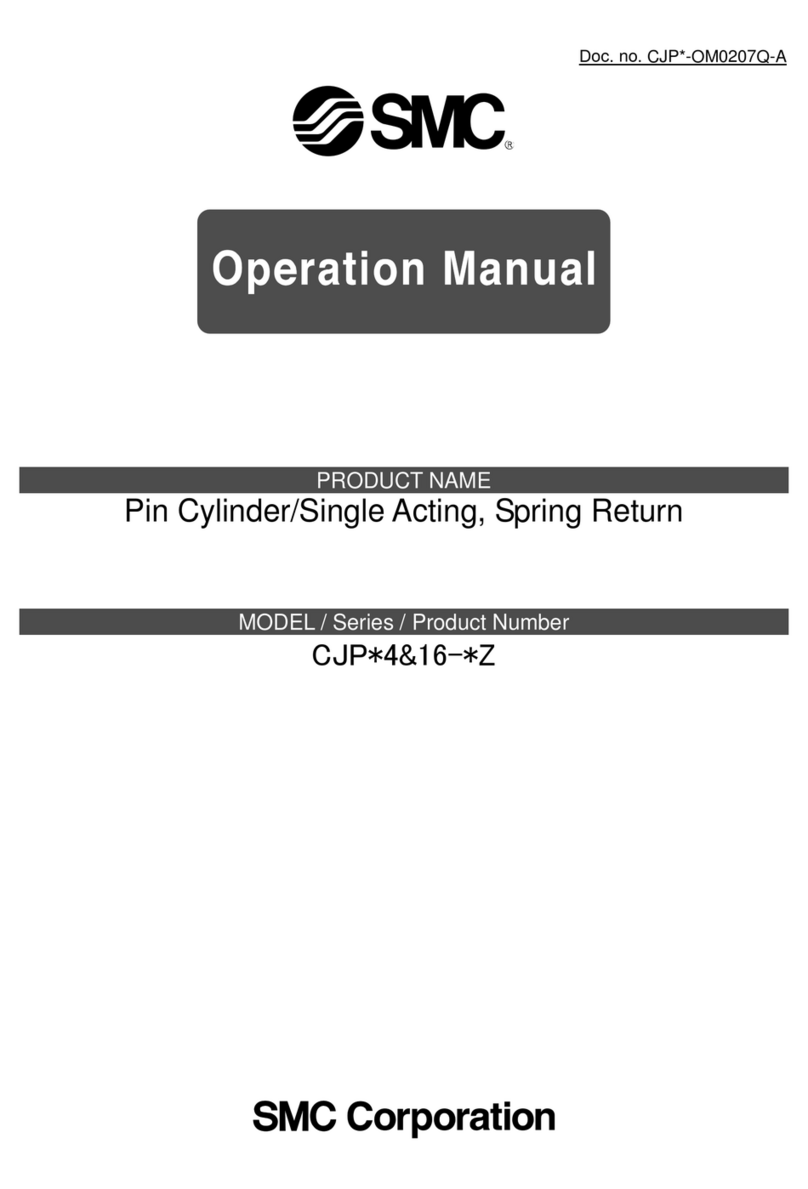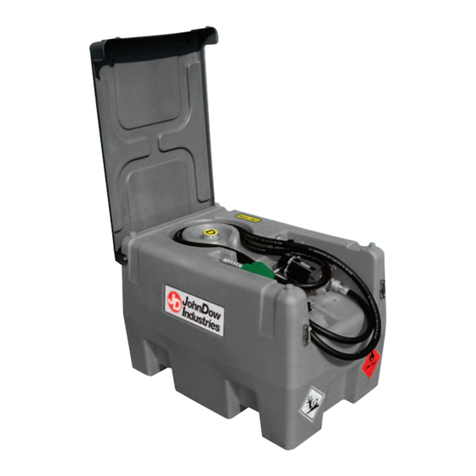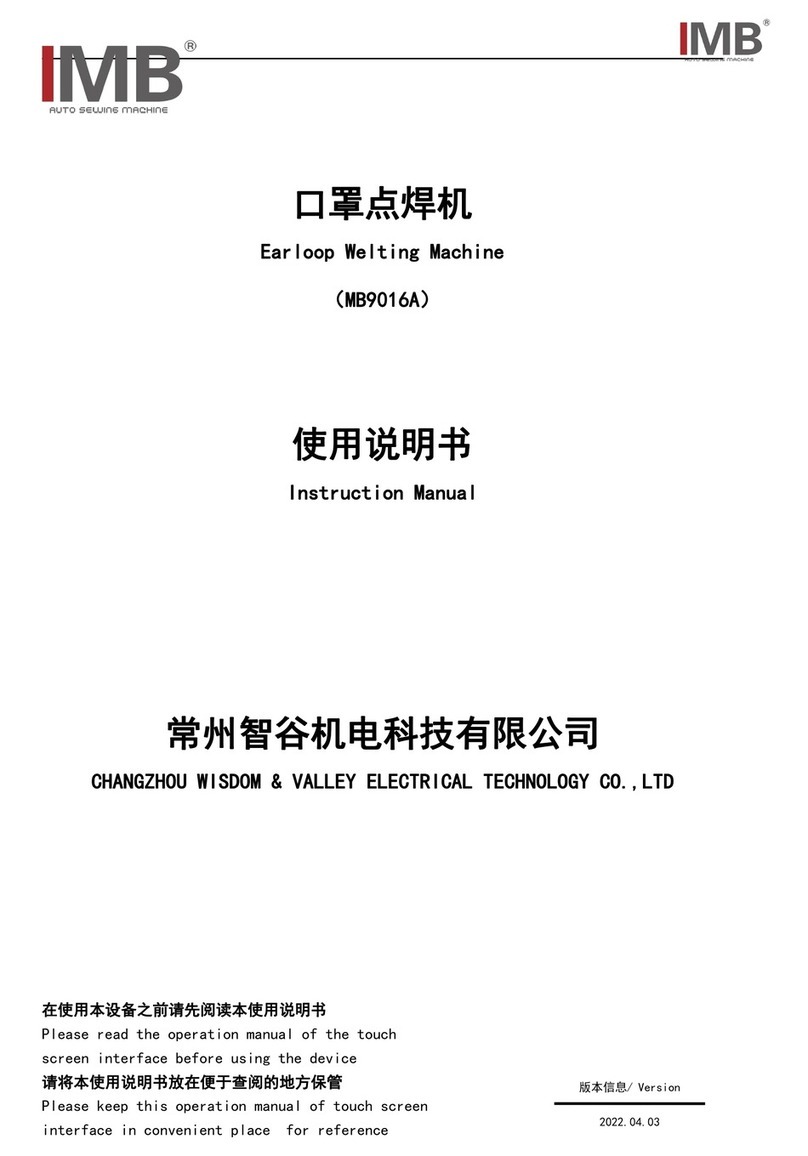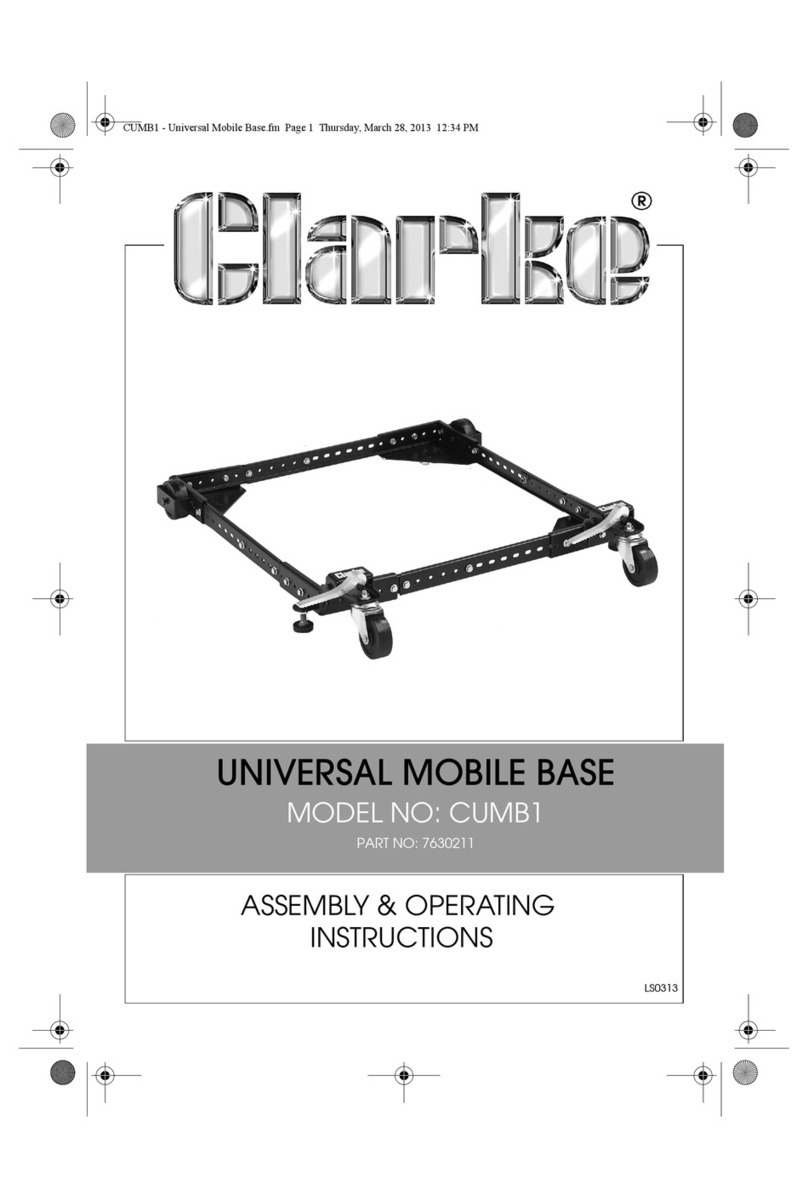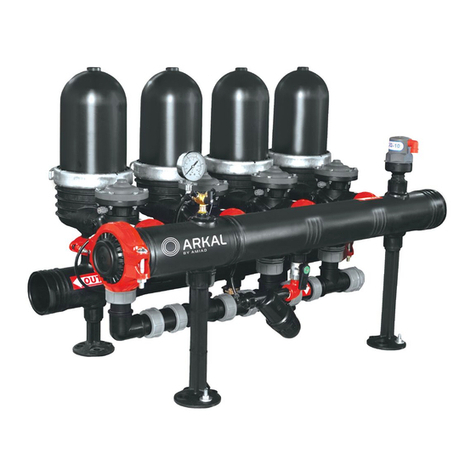
Due to continuous development of our products, the information in this document is subject to change without
notice. Johnson Controls, Inc. shall not be liable for errors contained herein or for incidental or consequential
damages in connection with furnishing or use of this material. Contents of this publication may be preliminary
and/or may be changed at any time without any obligation to notify anyone of such revision or change, and
shall not be regarded as a warranty.
Acknowledgment
Company and product names published in this manual are trademarks or registered trademarks of their
respective owners.
Federal Communications Commissions Notice
This equipment, S300-DIN-RDR8S and S300-DIN-I32O16, has been tested and found to comply with the
limits for a Class B digital device, pursuant to Part 15 of the FCC rules. These limits are designed to provide
reasonable protection against harmful interference in a residential installation. This equipment generates, uses
and can radiate radio frequency energy and, if not installed and used in accordance with the instructions, may
cause harmful interference to radio communications. However, there is no guarantee that interference will not
occur in a particular installation. If this equipment does cause harmful interference to radio or television
reception, which can be determined by turning the equipment off and on, the user is encouraged to try to correct
the interference by one or more of the following measures:
Reorient or relocate the receiving antenna.
Increase the separation between the equipment and receiver.
Connect the equipment into an outlet on a circuit different from that to which the receiver is connected.
Consult the dealer or an experienced radio/TV technician for help.
The user is cautioned that changes and modifications made to the equipment without approval of the
manufacturer could void the user's authority to operate this equipment.
Canadian Notice
This Class B digital apparatus, S300-DIN-RDR8S and S300-DIN-I32O16, complies with Canadian ICES-003.
Cet appareil numerique de la classe B, S300-DIN-RDR8S et S300-DIN-I32O16, est conforme à la norme
NMB-003 du Canada.
Declaration of Conformity
This product complies with the requirements of the European Council Electromagnetic Compatibility Directive
2004/108/EEC and the Low Voltage Directive 2006/95/EEC.
This equipment must not be modified for any reason and it must be installed as stated in the Manufacturer’s
instruction.
If this shipment (or any part thereof) is supplied as second-hand equipment, equipment for sale outside the
European Economic Area or as spare parts for either a single unit or system, it is not covered by the Directives.

